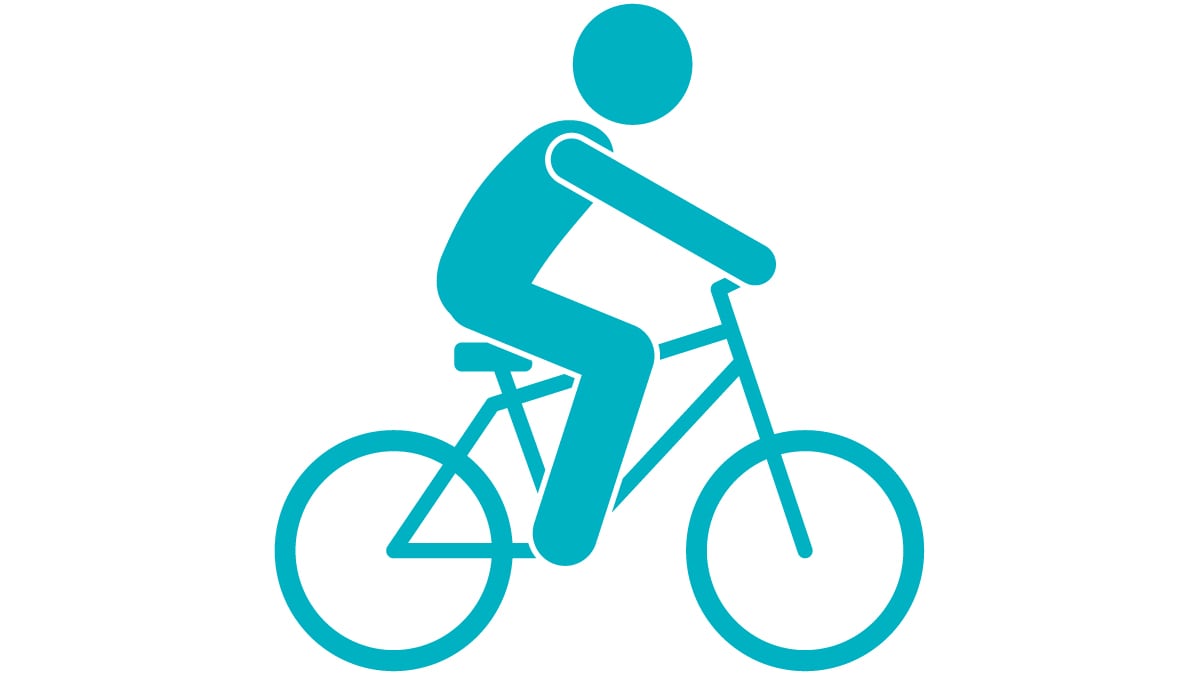Key points
- Communities can help create new places or enhance existing access to places for physical activity.
- Using this strategy includes providing information to encourage use of the places.
- Learn more about approaches you can take, see examples of what others have done, and access resources.

Overview
Communities can use this strategy to create or enhance access to places for physical activity. Places can include public parks and trails, fitness and recreational facilities, schools and universities, malls, senior centers, and worksites.
This strategy includes providing information to encourage people to use the places. Promoting physical activity may involve training, incentives, and teaching about healthy behaviors.
Worksites, school districts, early childhood and education facilities, organizations, and community coalitions can be involved in this strategy.
Approaches to consider
Parks and recreation centers
Communities can provide access to safe places to be physically active, such as walking trails, indoor facilities, parks, and playgrounds that are away from busy streets. Health and fitness facilities provide indoor opportunities to be physically active. These locations and facilities can also provide comfortable places for physical activity for people with mobility limitations or chronic health conditions.
Shared-use agreements
Shared-use agreements allow public access to existing facilities. The agreements define terms and conditions for sharing the costs and risks associated with expanding a property’s use. For example, school districts may create shared-use agreements to allow after-hours access to school facilities for community members' use.
Workplace facilities and policies
Workplace facilities and policies designed to improve health behaviors can help employees to be more active. Worksites can encourage physical activity through a variety of approaches, including management support, physical access to facilities, policies, and social support programs.
Working together
See how workplaces are helping employees be more physically active and creating activity-friendly communities.
Resources
Community Preventive Services Task Force Recommendations
Creating or Improving Places for Physical Activity
Park, Trail, and Greenway Infrastructure Interventions when Combined with Additional Interventions
Parks and recreation centers
Complete Parks Playbook
Can be used as a guide to assess a community's parks system. Explains elements of a complete parks system and offers resources to implement each element.
Creating Parks and Public Spaces for People of All Ages: A Step-by-Step Guide*
Helps when collecting data, evaluating opportunities, and generating ideas about increasing the quality and quantity of parks and outdoor spaces.
Shared-use agreements
Shared Use Playbook
Compiles tools and resources for formalizing shared use agreements. It highlights the benefits of shared use for a community's health and compares different types of policies and agreements.
Shared Use and Tribal Nations*
Introduction to legal concepts unique to Indian Country. Includes a glossary and community highlights.
Workplace facilities and policies
CDC Worksite Health ScoreCard Manual
Helps employers assess health promotion programs, identify gaps, and prioritize strategies to promote employee health and well-being.
Total Worker Health
How to implement workplace safety and health programs. Issues covered include work-life supports, the built environment, and community supports for physical activity.
*Can be used to help address access to physical activity for all Americans.

Want additional tips and resources to be active?
Learn about Active People, Healthy NationSM, CDC’s national initiative to help people be more physically active.
